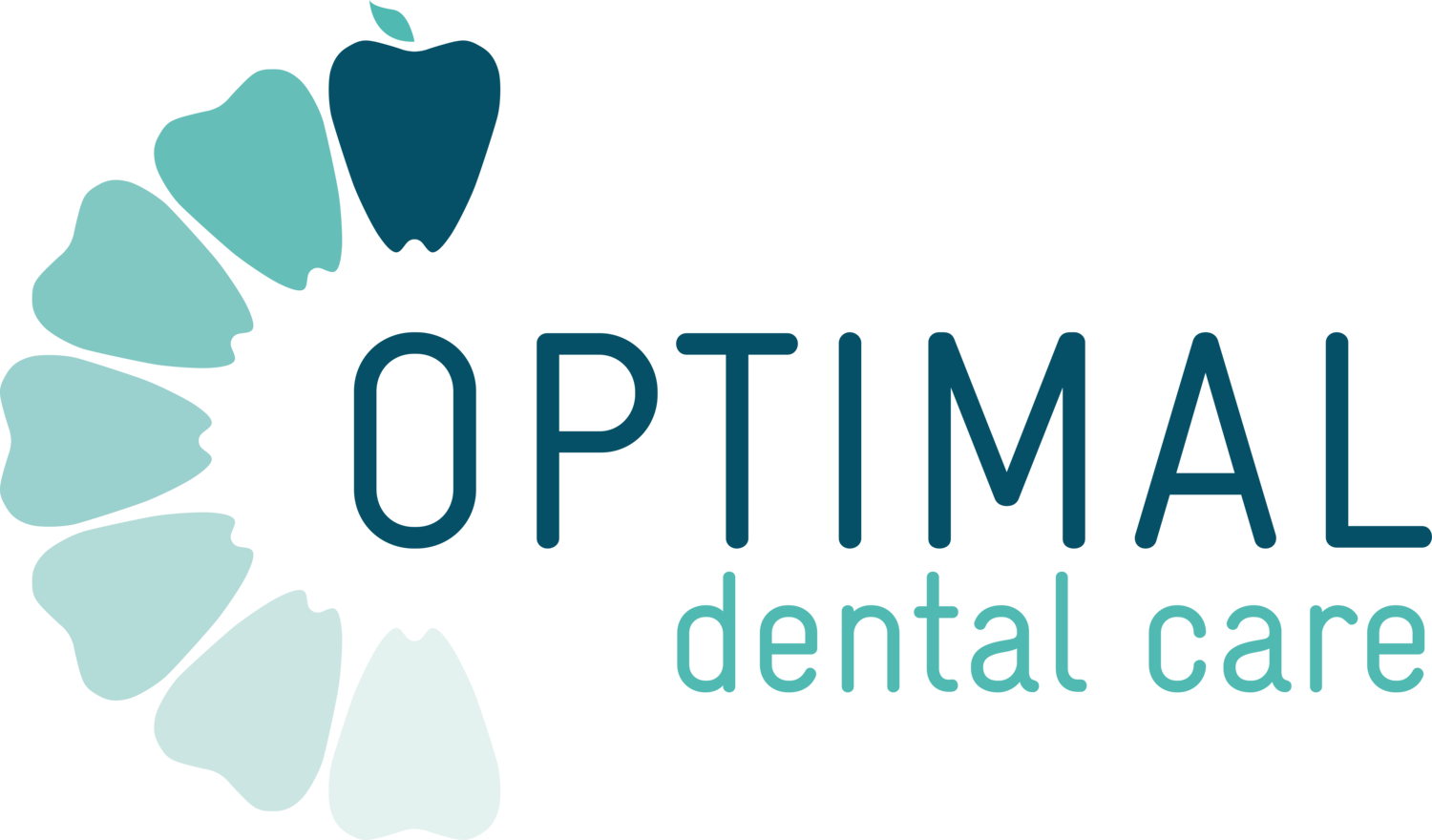Dental Imaging in Woollahra and Bondi Junction
-

Intra-oral Camera
“A picture speaks a thousand words”.
Our dentists in Bondi Junction and Woollahra prioritise communication with patients, actively involving them in their treatment planning and decision-making process. This approach ensures transparency in our practice. Instead of blindly trusting what’s been done in their mouth, the high quality images from the intra-oral camera is important in communicating and educating why, what and how treatment is done. We love taking photos before and after as we take pride in the high quality dental care work we do and show the improvement that’s been made so you can be rest assured.
-

Dental X-rays
Our digital dental x-rays, which are extremely low in radiation, provide diagnosis of dental problems that clinical examination alone may not pick up.
We use digital sensors that provide instant imaging with the lowest radiation dose possible. In addition, the frequency at which we take x-rays are very conservative and different for each individual depending on the decay experience and the amount of dental work present.
-

CBCT Scan and OPG
With our state-of-the-art OPG and 3D CBCT scan, we are able to provide you with the highest quality dental care services.
OPG is excellent for viewing the whole upper and lower jaw to get an overall monitoring and detection of any lesions or anomalies.
3D imaging CBCT scan provides a complete diagnostic image.
FAQs
-
Dental imaging refers to various techniques used to capture images of the teeth, jawbone, and surrounding structures for diagnostic or treatment planning purposes.
-
Dental imaging helps dentists detect and diagnose oral health issues such as cavities, gum disease, impacted teeth, and jawbone abnormalities. It also aids in treatment planning for procedures like dental implants, orthodontics, and root canals.
-
Common types of dental imaging include X-rays (periapical, bitewing, panoramic), computed tomography (CT) scans, cone beam computed tomography (CBCT), and intraoral cameras.
-
Dental X-rays emit low levels of radiation and are considered safe when used appropriately. Dentists take precautions to minimise radiation exposure, such as using lead aprons and digital imaging technology.
-
The frequency of dental X-rays depends on factors such as age, oral health status, and risk of dental problems. Generally, adults may need X-rays every 1-2 years, while children and those with higher risk factors may require them more frequently.
-
CBCT is a specialised type of imaging that provides detailed 3D images of the teeth, jawbone, nerve pathways, and surrounding structures. It's often used for more complex cases requiring precise treatment planning, such as dental implants or orthodontics.
-
Yes, your dentist will review and discuss the results of your dental imaging with you. They may show you the images and explain any findings, treatment recommendations, or concerns.
-
No, dental imaging is a diagnostic tool used in conjunction with regular dental exams. While imaging provides valuable information, a comprehensive oral examination by a dentist is essential for complete oral health assessment and treatment planning.
